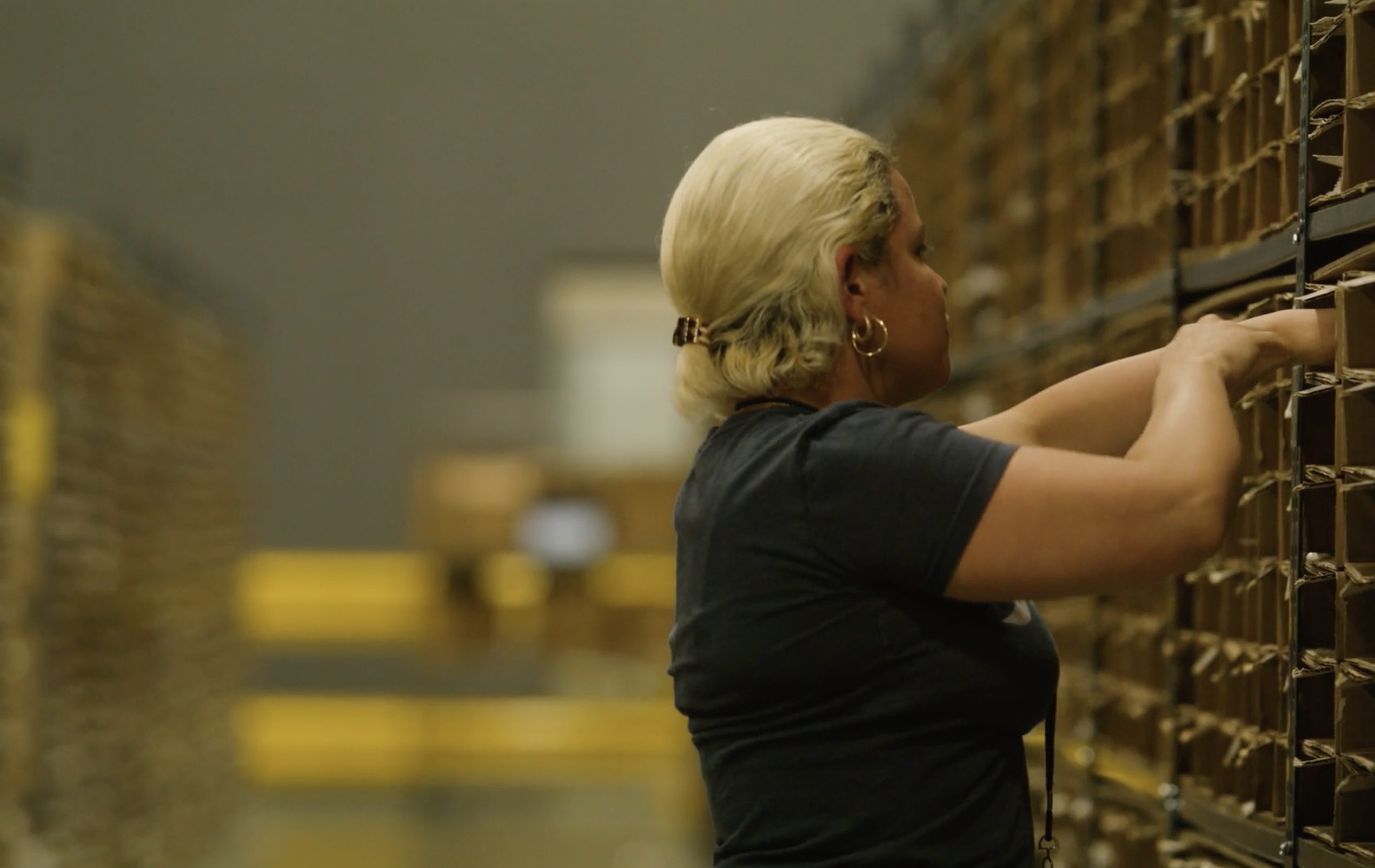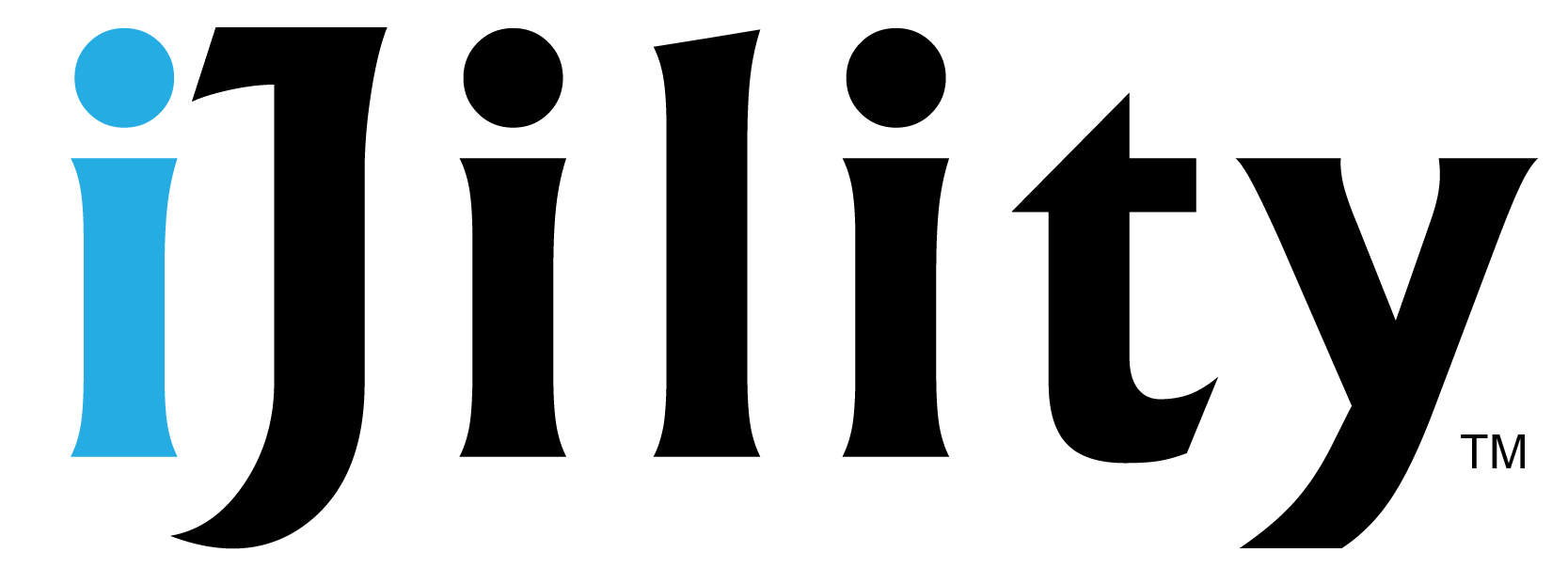
When we talk about the cost of labor, the conversation often revolves around wages and benefits. However, when it comes to temporary staffing, there’s more to the story. The hidden costs of traditional temp labor can significantly impact a company’s bottom line, while also hindering operational efficiency and productivity. These costs aren’t always obvious, but they can accumulate over time, creating a significant financial drain. So, what are the hidden costs of traditional temp labor? Let’s delve deeper into one of these hidden costs: recruitment and onboarding.
Recruitment and Onboarding Costs: The Hidden Financial Drain
One of the significant hidden costs of temporary labor is the frequent turnover of workers, leading to repeated recruitment and onboarding expenses. Each new temp hire brings with it a cascade of costs — from job postings and interviews to background checks and administrative paperwork. These expenses accumulate over time, straining HR budgets and diverting funds from more strategic initiatives.
But it’s not just about the financial cost. The time and resources expended on training temporary staff, even for short-term roles, can be substantial. This investment, while necessary, could be better utilized in developing long-term talent and fostering employee growth. After all, a well-trained, permanent employee is likely to be more productive and committed to the company’s success.
Moreover, the constant cycle of hiring and training new temps can create a significant distraction. Instead of focusing on core business objectives and strategic initiatives, HR teams and managers find themselves perpetually stuck in the hiring process. This constant churn can hinder overall progress and dampen team morale.
Another often-overlooked cost is the learning curve associated with each new temp-hire. Temporary workers, unfamiliar with the company’s systems and processes, may take time to reach full productivity. This initial period of reduced output can impact team efficiency and result in missed project deadlines or lower-quality work.
So, while temporary staffing might seem like a cost-effective solution to meet immediate labor needs, it’s crucial to consider the hidden costs associated with recruitment and onboarding. By doing so, businesses can make more informed decisions about workforce management, balancing the use of temporary and permanent labor to optimize both cost and performance.
Lower Productivity and Efficiency: The Silent Saboteurs
One of the less visible but highly impactful aspects of the hidden costs of traditional temp labor is the toll it takes on productivity and efficiency. Temporary workers, while fulfilling immediate labor needs, can inadvertently slow down work output and disrupt established workflows. This is especially true in roles that require a deep understanding of company processes, systems, and culture.
A Steep Learning Curve
Temporary workers often face a steep learning curve, particularly in complex roles. This learning curve can result in slower work output and missed project deadlines, affecting overall productivity. The time spent in understanding the job role, adapting to the company’s systems, and integrating into the team can significantly hinder the temp worker’s efficiency, especially during the initial period of their employment.
Lack of Familiarity With Company Processes
The lack of familiarity with company processes, systems, and culture among temp staff can lead to errors and rework. These mistakes not only decrease overall productivity but also strain the resources of your permanent employees, who might need to spend time correcting these errors. This unnecessary diversion from core responsibilities can further reduce their productivity, creating a ripple effect.
Disruption of Established Workflows
The frequent onboarding and offboarding of temp workers can disrupt established workflows and team dynamics. This constant flux can lead to inefficiencies, communication breakdowns, and a lack of continuity in operations. As USA Today reports, businesses lose a small fortune every day due to overstaffed shifts and lost productivity associated with excessive temp agency fees.
Lower Motivation and Commitment
Temporary staff may not have the same level of motivation or commitment to the company’s success as permanent employees. This lack of investment can potentially result in lower quality work and decreased productivity, further amplifying the hidden costs of traditional temp labor. The temporary nature of their role might make them less likely to go the extra mile, affecting both the quality of their work output and the overall productivity of your team.
Therefore, while temporary staff can provide immediate relief for labor shortages, it’s essential to consider the long-term impact on productivity and efficiency. The hidden costs of traditional temp labor are not just financial but also operational, affecting your team’s performance and your company’s bottom line.
Quality of Work and Accountability: The Ripple Effect on Business Performance
Another significant element in uncovering what are the hidden costs of traditional temp labor lies in the quality of work and level of accountability. Temporary workers, while providing a quick fix to labor shortages, often come with their own set of challenges that can impact the overall performance of your business.
The Experience Deficit
Temporary workers may lack the experience or long-term commitment needed to consistently deliver high-quality work. This deficit can lead to errors and rework, which not only inflate operational costs but also affect customer satisfaction. When your customers interact with your business, every touchpoint matters. If a temp worker’s lack of experience leads to a negative customer experience, it’s not just a one-off incident—it’s a mark against your company’s reputation.
Accountability and Commitment: A Casualty of Temp Labor?
The temporary nature of their positions can result in a lack of accountability among temp staff. As they may not feel as invested in the quality of their work or the company’s success, it can lead to inconsistent performance. The ripple effect? Delays in project completion, missed deadlines, and potential damage to your company’s reputation. The question then arises—how much are these hidden costs of traditional temp labor truly costing your business?
The Challenge of Quality Control
Employing temp labor can create challenges in maintaining consistent quality control processes. Temporary workers may not be as familiar with the company’s standards and procedures, leading to a drop in work quality. This inconsistent quality of output can directly impact the effectiveness of your operations, adding to the hidden costs of traditional temp labor. In a business environment where consistency is key, can you afford to compromise on quality control?
Ownership of Work: A Missing Element
The lack of long-term investment in temporary employees can result in a lower sense of ownership and pride in their work, potentially compromising the overall quality of output. As Danielle Applestone notes in her LinkedIn article, temporary workers often find it hard to invest in relationships at companies and become part of the culture. This lack of connection and commitment can reflect in their work, further adding to the hidden costs of traditional temp labor.
In essence, while temporary workers can plug gaps in your workforce, it’s important to consider the potential impact on the quality of work and accountability. The hidden costs of traditional temp labor are multi-faceted, affecting not just your financial bottom line but also the operational efficiency and reputation of your business.
Unraveling the Hidden Impact: Temp Labor’s Influence on Permanent Staff and Company Culture
As you continue to delve into the question of what are the hidden costs of traditional temp labor, it’s crucial to consider the impact on your permanent staff and the overall company culture. The frequent use of temp labor can create a ripple effect that may lead to unforeseen challenges and costs.
Temp Labor and the Workplace Divide
When you frequently employ temp labor, it can create a divide between temporary and permanent employees. This division can lead to potential morale issues and a sense of job insecurity among your permanent staff. If your permanent employees feel marginalized or insecure, it can affect their performance, engagement, and loyalty.
The Burden on Permanent Employees
Constant onboarding and training of temporary workers can place an additional workload and responsibilities on your permanent employees. This extra burden can lead to resentment, burnout, and decreased productivity—further adding to the hidden costs of traditional temp labor.
The High Turnover Turbulence
A high turnover rate associated with temp labor can disrupt team cohesion and hinder the development of strong working relationships. This constant shift can negatively impact your overall company culture—a vital aspect of any successful business. As Danielle Applestone points out in her article, temporary workers often find it hard to invest in relationships at companies due to their transient nature.
Short-Term Focus vs. Long-Term Planning
Relying heavily on temporary workers can lead to a short-term focus, prioritizing immediate needs over long-term planning and talent development. This approach can hinder your company’s ability to build a skilled, loyal workforce—a crucial element for sustained business success.
The Integration Hurdles
Integrating temp workers into existing workflows can create communication gaps, process disruptions, and a lack of continuity in operations. These challenges can affect the overall efficiency and effectiveness of your organization, further amplifying the hidden costs of traditional temp labor.
While traditional temp labor can provide flexibility and meet immediate staffing needs, it often comes with hidden costs that can impact productivity, quality, employee morale, and overall operational efficiency. Understanding these hidden costs is crucial for making informed decisions about workforce management and balancing the use of temporary and permanent labor to optimize both cost and performance.
As you reflect on the ways temp labor impacts your business, consider how you can optimize your workforce strategy. How can you leverage both temporary and permanent labor to maximize productivity, quality, and employee morale while minimizing the hidden costs? The answer lies in a balanced, strategic approach to workforce management—one that takes into account the true impact of traditional temp labor on your business.
At iJility, we are committed to helping businesses like yours optimize their workforce and overcome labor challenges. Schedule a discovery call to learn how we can help you build a custom solution with fast results.
Author: iJility


